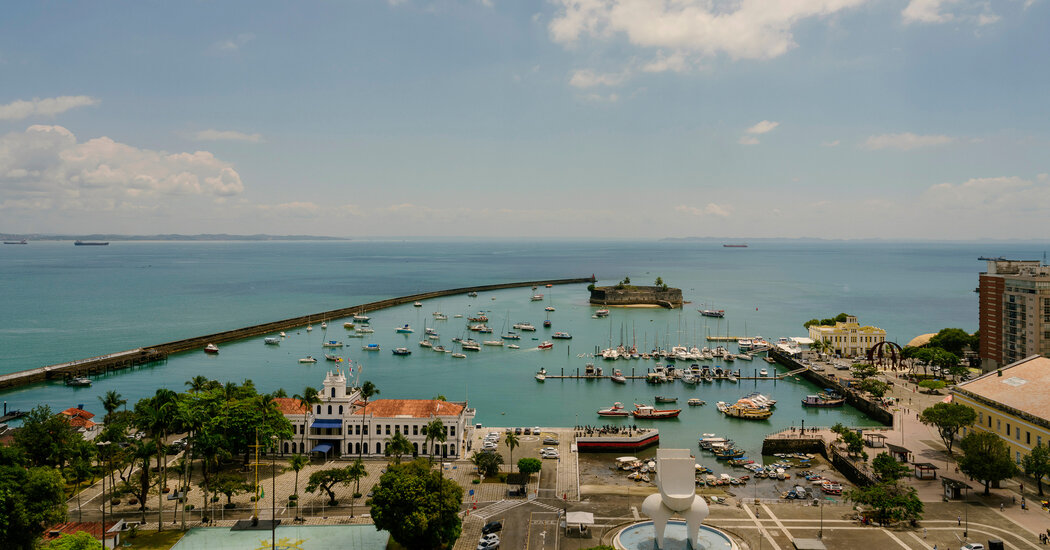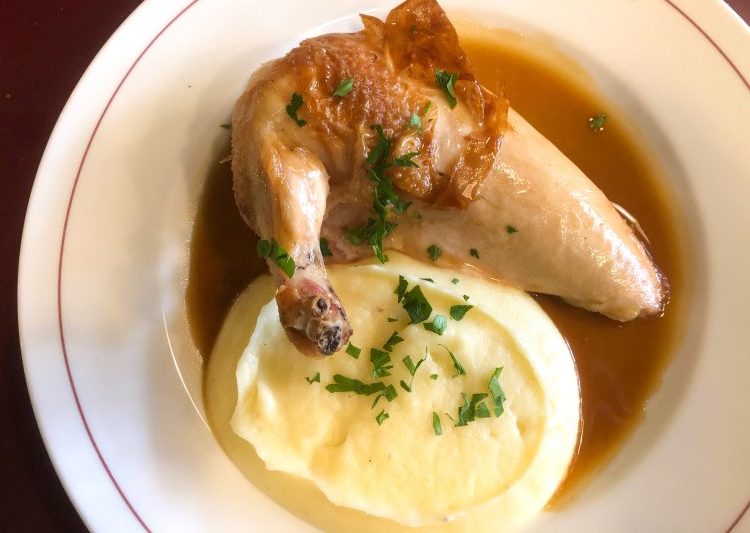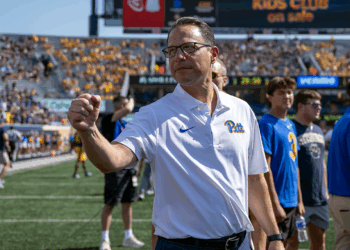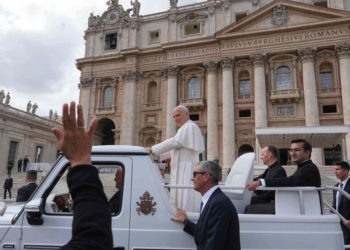T’s monthly travel series, Flocking To, highlights places you might already have on your wish list, sharing tips from frequent visitors and locals alike. Sign up here to find us in your inbox once a month, along with our weekly roundup of cultural recommendations, monthly beauty guides and the latest stories from our print issues. Have a question? You can always reach us at [email protected].
The northeastern Brazilian city of Salvador is famous for its summers. Between December and March, the city fills with music, particularly in the old city, or Pelourinho, and daily festivities take place in the Cidade Alta — the “high city,” set on a bluff overlooking the Baía de Todos os Santos (All Saints’ Bay) — as well as in the commercial district below and even out to sea, aboard launches and sailboats. In the past few years, galleries and arts institutions from Brazil’s southeast, like Galatea and Pivô, have opened branches here, as have a clutch of luxury hotels, thanks to a growing number of vacationers drawn to Salvador’s singular cultural life. Salvador, as people in São Paulo and Rio de Janeiro, Brazil’s biggest and richest cities, will tell you, is having a moment.
But this idea, common in the country’s faraway southeast, is merely a belated acknowledgment of Salvador’s indelible contributions to Brazilian culture, says the artist and designer Daniel Jorge: “You couldn’t possibly describe the city as emergent. It’s always been here.”
Founded in 1549, the city served as Brazil’s capital for more than 200 years before Rio took the title in 1763. As a hub for the brutal slave trade, which was not abolished until 1888, Salvador was also where countless kidnapped Africans were first brought to the Americas. Today, it’s the Blackest metropolis outside of Africa, with more than 80 percent of its 2.42 million inhabitants claiming African descent, and diasporic religious, musical, linguistic and culinary traditions are Salvador’s lifeblood.
Both Salvador and Bahia, the state whose capital the city remains, have played outsize roles in Brazil’s 20th-century cultural life, producing luminaries like the musicians Maria Bethânia, Gilberto Gil and Caetano Veloso, the novelist Jorge Amado and the filmmaker Glauber Rocha. Salvador leaves an indelible mark on the people whose creative identities were formed there. The artist Nádia Taquary, who lived in the United States for several years and is now back in Bahia, says, “Salvador is so vivid in me that, even when I was away, I was still here. This place comes with me everywhere.”
The Experts
The post The Brazilian City Where the Festivities Stretch From the Cliff Top to the Sea appeared first on New York Times.




